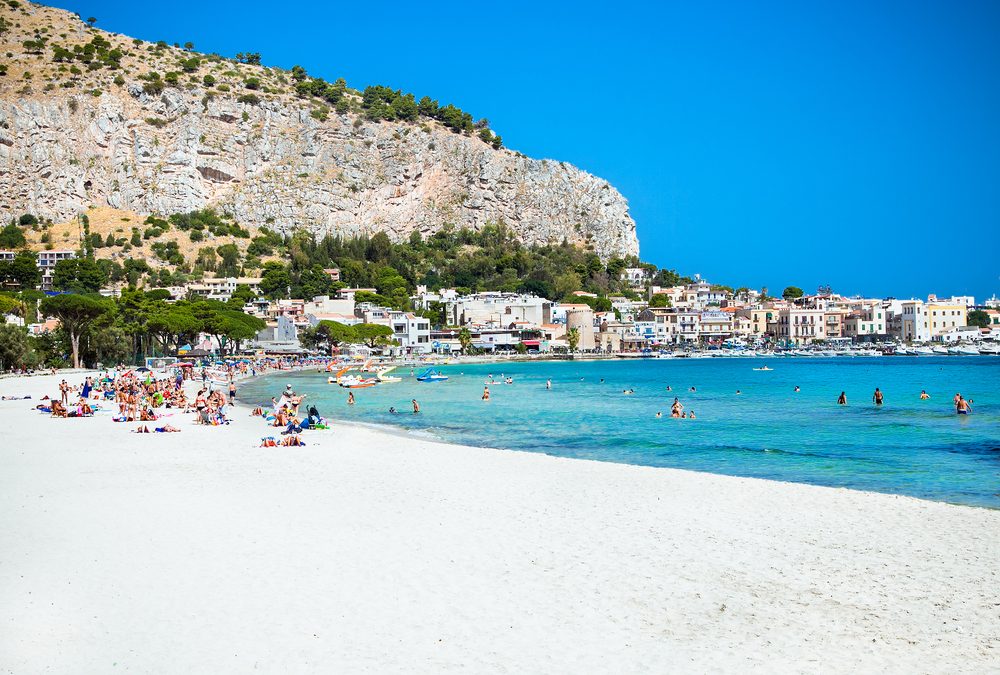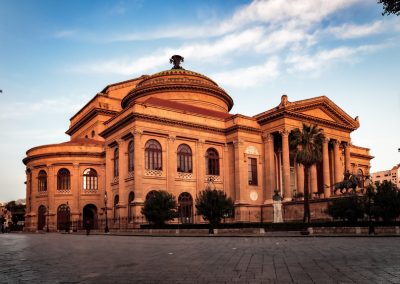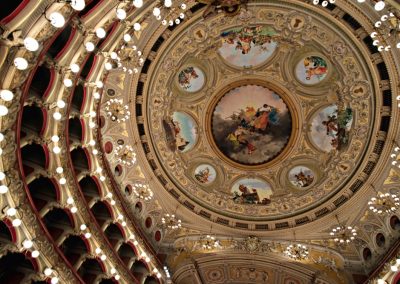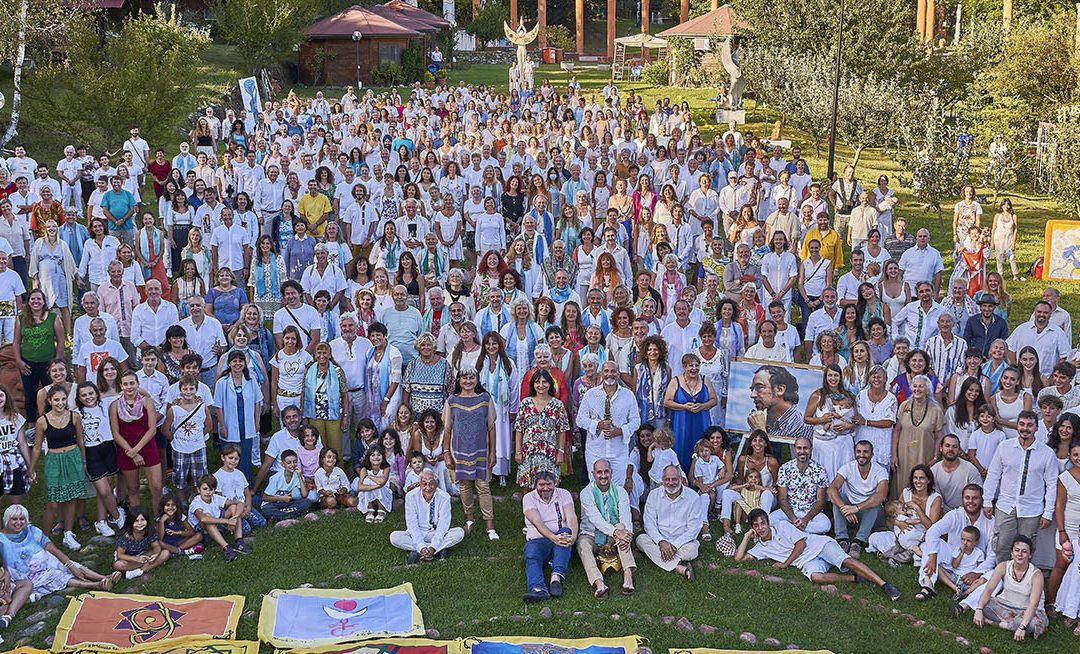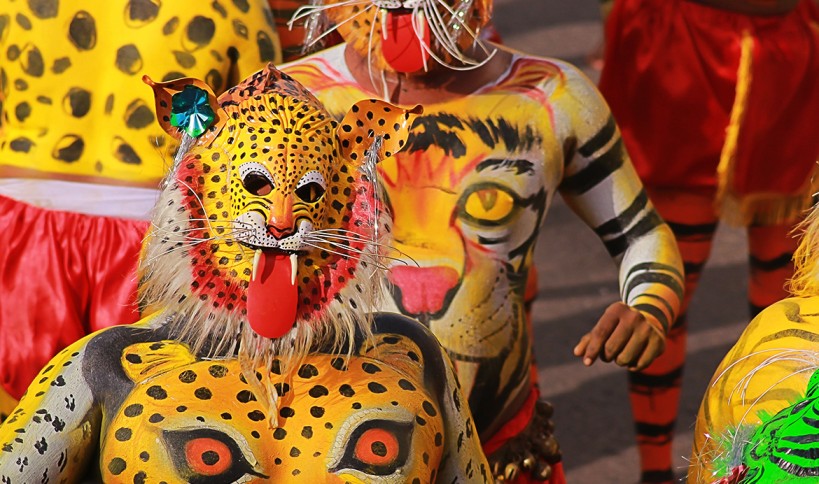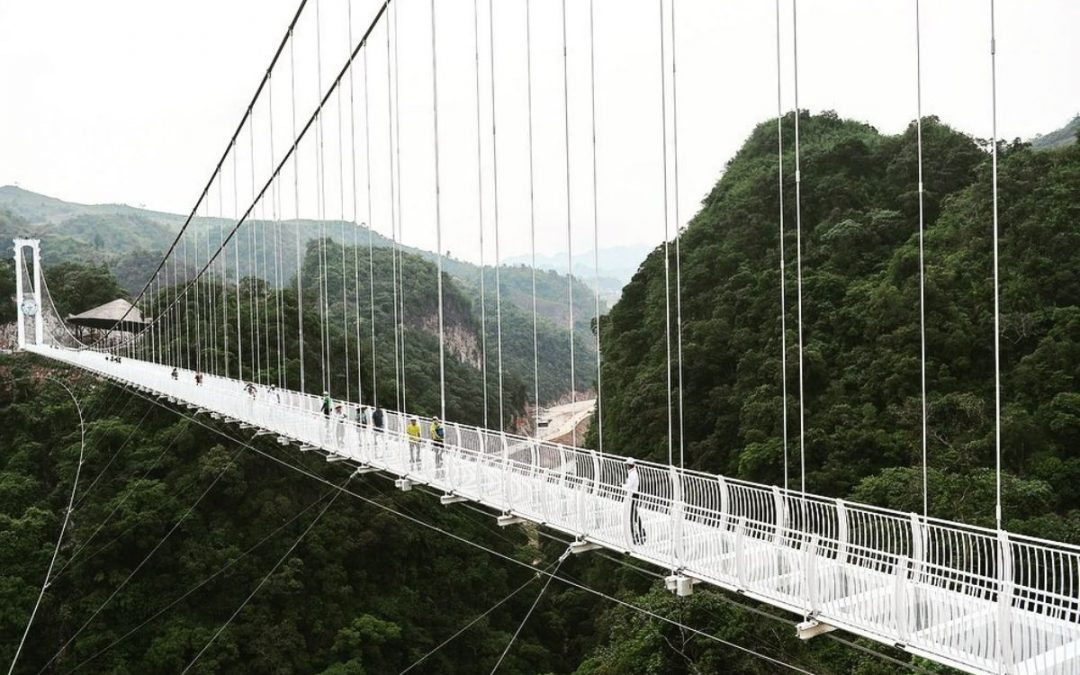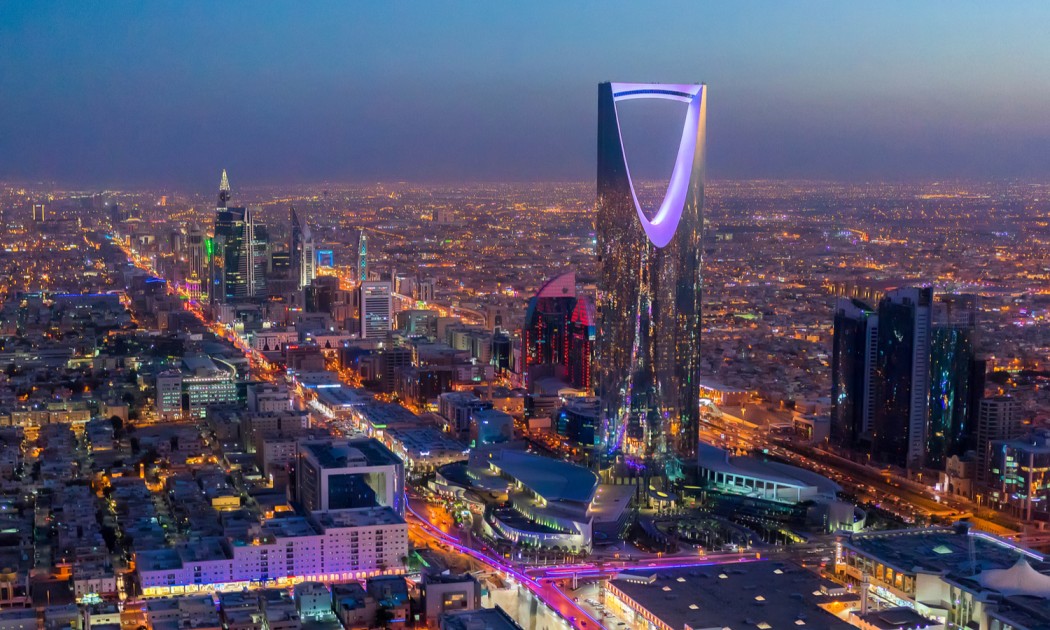
The Arabian Travel Market To Explore Prospects Of International Travel And Tourism

The Arabian Travel Market (ATM) takes place from 9 May to 12 May, 2022, at Dubai World Trade Center, and has “The future of international travel and tourism” as one of its major themes. In collaboration with Dubai’s Department of Economy and Tourism, the Arabian Travel Market will reflect on the future of international travel and tourism in the post-pandemic world. As one of the most attractive and progressive travel destinations of the East, Dubai is a perfect fit for the Arabian Travel Market.
This year, 1,500 exhibitors and representatives from 112 global destinations are expected to participate in the Arabian Travel Market. With a variety of stands and events, the expo encourages open discussions and exchange of opinions on the current trends in tourism, transportation, and traveling and exploring opportunities in these fields. Experts and industry leaders will take stage to share their insights, ideas, hopes, and challenges of modern tourism.
